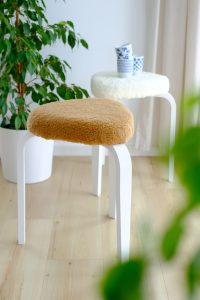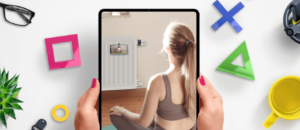WorklifeExperts
Magazine
WorklifeExperts is our Novus Dahle blog about working life. As experts, we tackle current topics informatively and entertainingly, and present interesting ideas for your job or hobby. Always with a focus on how to work creatively, healthily, efficiently and safely.
Folded card with paper flowers
Make your own gift card with handmade paper flowers Whether for Mother’s Day, Father’s Day,...
Make your own notebook
Make your own creative notebooks Even though you can do almost everything digitally with your...
Make your own personalised cork pinboard
Cork pinboard makeover – create your own pinboard Whether for photos, postcards, tickets or appointment...
Create beautiful paper gift bags yourself in just five minutes
Personalised gift wrap Whether for Christmas, birthdays or just because: when you want to gift...
Covering a stool with plush fabric
Like most of us, you probably have a wooden stool or chair at home just...
Desk organiser made of paper strips
A desk organiser helps to keep your desk in order. It’s a great place to...
Paper Gems – paper diamonds with matching print pattern
A refined look – yet quick and easy to make yourself: The paper diamonds are the...
Using scissors safely: teaching children how to use scissors
Using scissors improves children’s fine motor skills Children over the age of two are fascinated...
Magnets for ideas
MEGA magnets with the powerful adhesive strength of neodymium magnets A practical addition to your...
DIY instructions for a hanging bird feeder
Today we’ll be using nails instead of screws Almost everyone knows the traditional bird feeder...







